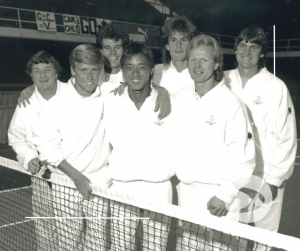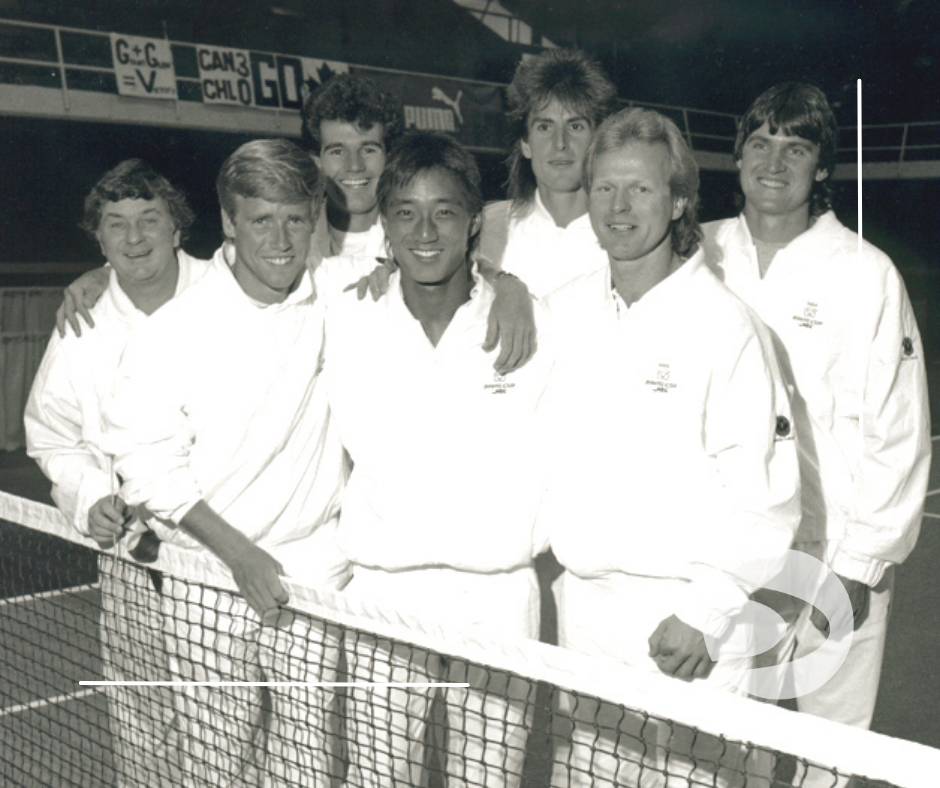Helen Donohoe is a tennis hacker, aficionado of the sport and a member of Cedar Springs Health Racquet & Sportsclub in Burlington, where she holds a weekly volunteer tutoring class for the SAT at Cedar Springs Club for student athletes (tennis and other disciplines) associated with the club.
Written by: Helen Donohoe
Part 2
Taking the SAT sometime next year for students currently in grade 11 or the following year for those now in grade 10 could pay off handsomely later.
The cancellation of year-end standardized exit exams around the world means that this year, the SAT may very well be the only international standardized exam that takes place. Having a good SAT score therefore could make a difference to your immediate future and it is definitely better to have SAT in your portfolio than not have it.
What is a standardized exam? “Standardized” means that the same test is taken on the same day, at the same time* and scored the same way. In the SAT’s case, it is universal and that’s what makes it unique. In Ontario we have EQAO in grades 3, 6 and 9 but these are “snapshot” exams, designed to get a picture of standards across the entire province and to create learning strategies for teachers to use, particularly for low-scoring students. But there are no standardized provincial “exit” exams in Ontario and the SAT partially fills this gap.
Finding the motivation to study for an exam at a time like this is not easy, especially if you are keeping up with school work online, but keep the SAT in mind as a summer project. Seasonal jobs may be scarce this summer so having a focus may help to fill the void, and with university offers/athletics on hold and jobs disappearing everywhere, competition for everything is likely to get fiercer in the immediate future.
The advantage to the SAT, over other standardized exams, is that it is offered six times a year (seven in the USA) at centres around the world. If you create a plan well in advance you can choose the best date for you and also the best location. These choices are extremely important and will put you in the server’s box.
Every SAT test follows the same format – three sections, two English and one math, so much of the preparation is simply recognizing and memorizing the pattern. You can read all about the breakdown and the composition of the sections on the collegeboard website.
The raw score you receive is converted to various statistics and terms like stanines and percentiles are commonly used. It’s actually the percentile you are in that is as important as the raw score. But don’t get sidetracked by these terms ; most of our students are used to marks in percentages and it is simpler to continue to think in percentages initially at least.
Start by looking at one of the full-length tests online. There are about eight free practice tests readily available but don’t waste them by skimming them all one after the other. Save some for a full-length practice test closer to the actual test date.
The first section is the English reading, divided into four subsections followed by writing and grammar, also divided into four subsections and then two sections of math, one with calculator, one without. The actual test always follows this order. Almost all of the test is multiple choice and is machine-scored. The essay section is scored by a real person. More on the essay in a subsequent article.
The best plan to familiarize yourself is something like this:
- Take a look at the entire test online. (NOTE – you can also order the student study guide with full length tests in print form.) Read the non-test material and instructions at the beginning of each subsection very carefully. Make mental notes of your first impressions.
- Pick the English section that suits you best, read the directions carefully and settle down to complete the first of the subsections. Make sure there are no interruptions. In both the reading and writing/grammar sections there are 11 questions. Calculate the number of minutes allowable for those questions. It’s under a minute per question. Set a timer and begin work. Check your answers in the answer key, supplied as part of the test. On your first try, you will likely find that you score as low as 6/11, about 55%, obviously not good enough. Moving up to 8/11 is the goal. That’s still only 73% but it’s your starting point.
- Next, try one of the two math sections. You will likely find, unless you have completed grade 12 math that you have not covered all the topics. Do what you can and check the answers.
That should keep you going for now. I’ll move on to more specific strategies in my next article and also outline what a percentile actually means.
Don’t forget to keep reading!
I’m always happy to answer your questions. Send them to info@acetennis.ca








